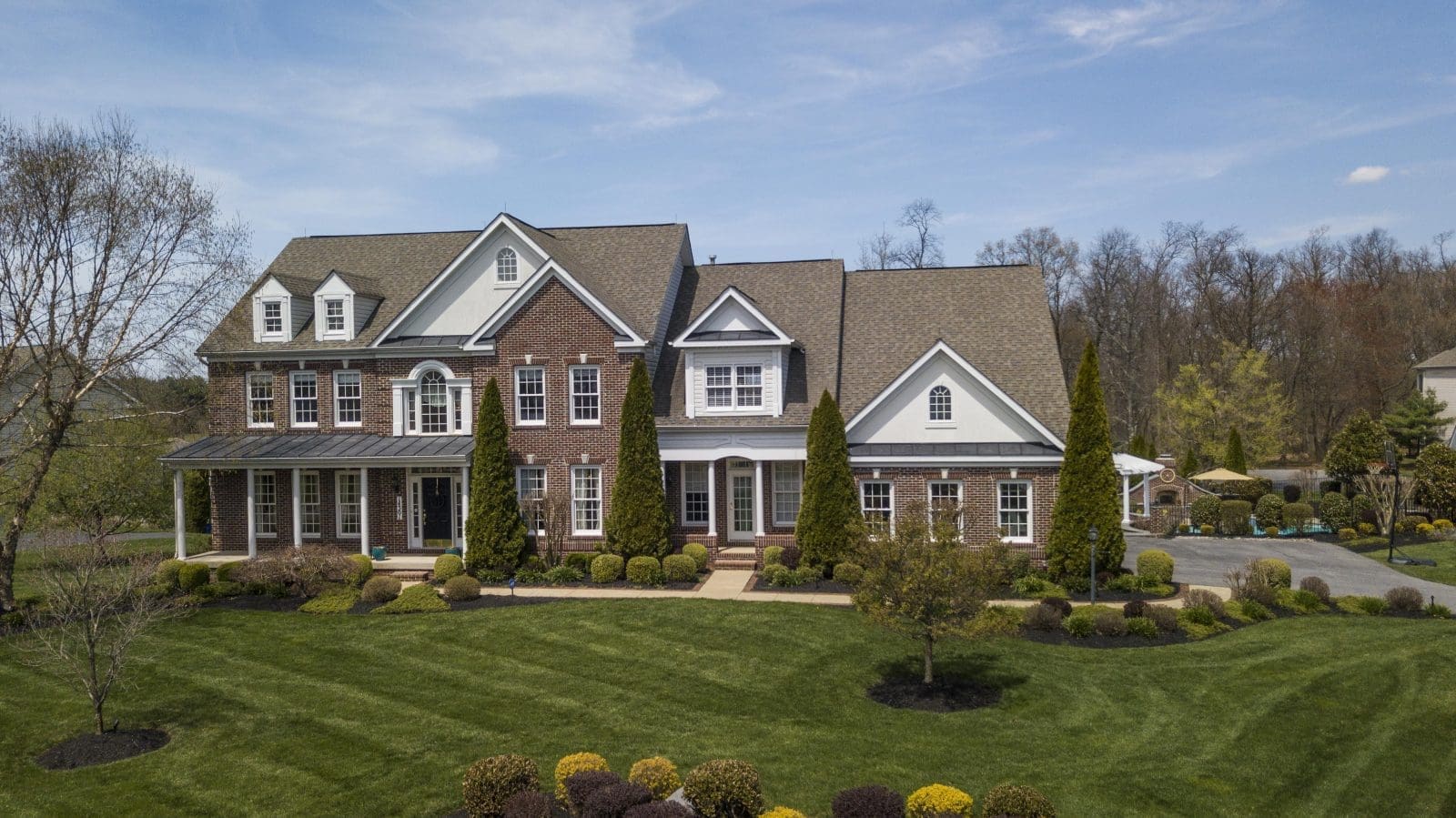
If retirement has you struggling financially, you may want to get a home loan to help you make up for the loss of your working income. However, a traditional loan does create another bill you need to deal with. A reverse mortgage is a retiree home loan designed to help you without adding another bill to the stack you have to pay each month. Here is a brief starter guide to what reverse mortgages are and how to get one.
How the First U.S. Reverse Mortgage Came to Be
Today’s reverse mortgages are not exactly like the earliest reverse loans issued in the U.S. Those began in 1961 in Maine. A Maine resident wanted a solution to the possible loss of her home when she no longer could rely on her husband’s earnings to help pay the bills. A local lender offered to help her by giving her a long-term loan instead of a short-term loan. Since then, reverse mortgages have evolved a bit, but they still work similarly. When you get one, you pay it back a long time in the future. No portion is due early on.
The “Reverse” Part of a Reverse Mortgage
The reason a reverse mortgage is called “reverse” is it works in somewhat of an opposite way to a traditional home loan. When you apply for a conventional loan, you receive a large sum of money. However, you must start incrementally paying it back almost right away each month. A reverse mortgage is called “reverse” because the lender must pay you every month unless you request an alternate payment method. For example, you might prefer a lump sum mortgage down payment or a line of credit.
Where You Can Obtain a Reverse Mortgage
Several reverse mortgage sources are available, but you must be careful to select a reliable source. One option is to get a reverse loan through a local lender. However, reverse mortgages from large banks like Bank of America often offer a bit more security. Such banks have excellent reputations and stand behind their loans. Therefore, you can feel comfortable borrowing from them for an extended period like that required for a reverse mortgage. Since a reverse mortgage can last for many years, it is essential to trust your reverse mortgage lender.
Spending Options for Your Reverse Mortgage Funds
Before you borrow any money using a reverse mortgage, you must determine how much you can borrow. You do that with a tool called a reverse mortgage calculator without personal information. It uses specific formulas to determine your home’s total value and how much of that value is available to borrow. Once that is established, you can borrow the established amount and spend it however you want with a few limitations.
One limitation is a reverse mortgage has closing costs and fees like any other mortgage. Those costs are taken away in the beginning. Therefore, the total available to borrow at first is not necessarily the total you will receive. Also, you are required to pay your traditional loan off immediately using reverse mortgage funds if you have a conventional loan to begin with. You can only spend the remainder of the reverse loan money for other things.
The Long-Term Impact of a Reverse Mortgage
Before obtaining a reverse mortgage, it is essential to understand its long-term impact. You can spend the funds you receive from it however you want after paying the required fees and obligations, but there are some considerations. For example, it will accumulate interest like any other loan, but it will do so for extended periods. Therefore, the total you have to repay to the lender will be much higher than what you initially borrowed. You also have to live in your home for the whole time the loan is active. Moving out triggers the balance to be called in by the lender. Therefore, you should only get a reverse mortgage if you do not plan to move.

Be the first to comment